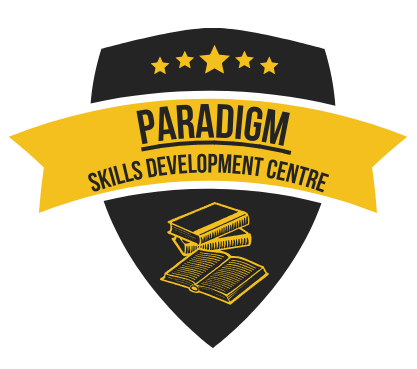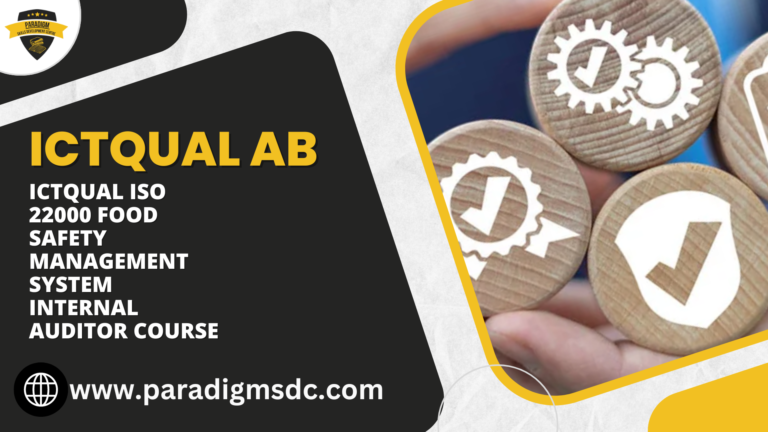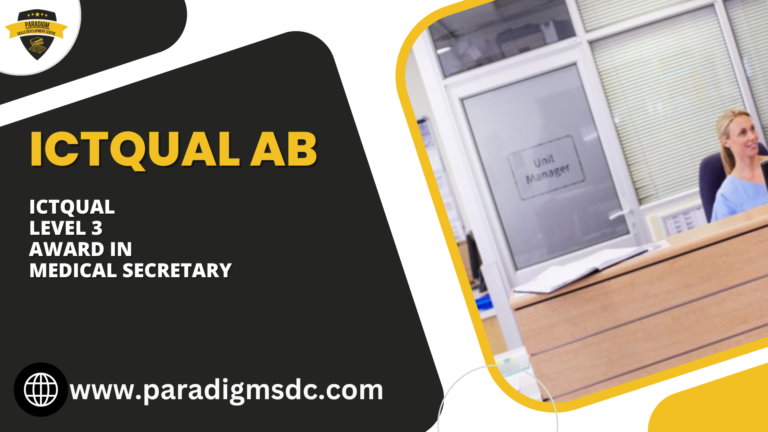A qualification for aspiring health and safety professionals is the Level 7 Diploma in Occupational Health and Safety Management. It is intended for students who are in charge of establishing and implementing health and safety procedures in their workplace on a daily basis. Managers who want to increase their knowledge and skills are most likely to attend.
The Level 7 Diploma in Occupational Health and Safety Management is designed to help managers who have the authority and personal qualities to transform organizational strategy into effective operational performance acquire occupational health and safety management abilities.
This certification reflects contemporary Occupational Health and Safety Management practice and allows learners to build and broaden their high-level understanding of workplace occupational health and safety.
The curriculum covers a wide range of multidisciplinary themes, including health and safety management practice, health and safety management systems, strategic risk intervention, workplace wellness initiatives, and sustainability and ethics.
Learners will gain a critical grasp of the philosophical, practical, and ethical ideas of research in the context of health and safety in the Advanced Research Methods unit.
Learners will be able to become independent, self-directed learners with the tools and incentive to continue learning, developing, and reflecting on practice throughout their careers with this certification.
QUALIFICATION STRUCTURE
The LICQual Level 6 diploma in risk management comprises 6 mandatory units making a combined total of 120 credits, 1200 hours Total Qualification Time (TQT) and 600 Guided Learning Hours (GLH) for the completed qualification
Unit 1. Health and Safety Management Practice
Unit 2. Effectiveness of Health and Safety Management Systems
Unit 3. Affecting Risk and Strategic Risk Intervention
Unit 4. Globalization, Sustainability and Safety Culture Performance
Unit 5. Sustainability and Ethics in Health and Safety Practice
Unit 6. Advanced Research Methods and Development as a Strategic Manager
Note:
TQT: Represents the number of notional hours expected as required to complete a qualification.
GLH: Represents the number of hours a trainer is available to teach and supervise the learner working on a qualification.
Credit: Represents the number of credits which may be awarded to a learner to successfully complete the qualification
* One credit is equal to the 10 hours of TQT.
Assessment Criteria:
Learners will be asked to demonstrate their knowledge, understanding, original thought, problem-solving, and, when applicable, action recommendations.
Learners will be required to use real-world organisations to exemplify their replies to the assignment questions.
Mature students should be allowed to draw on their own work experience as well.
The assessment style is to submit completed modules to the assessor; the assessment will not establish a pass/fail, and the applicants will receive feedback from the assessor before moving on to the next assignment.
The assessment is done via submission of assignment. There are no written exams
Further details are available in the assignment briefs
Learning Outcomes:
Apply and evaluate various Occupational Health and Safety Management implementation standards
Assess the strategic leadership role in risk management
Examine how globalization has affected a company’s safety culture
Understand and apply sustainability principles in the safety sector
Investigate risk assessment-specific problem-solving approaches
Manage strategic risks in the sphere of organizational health and safety
Examine the impact of artificial intelligence (AI) in the management of occupational health and safety risks







